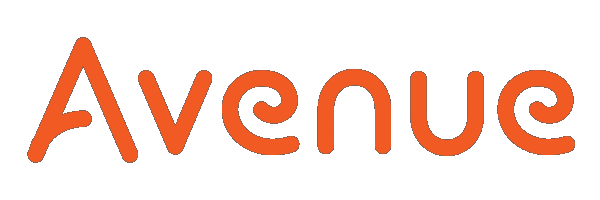Instructor Guide to Teaching a Course on Avenue
Margarita Berezyanskaya
Last Update một tháng trước
This guide provides information and suggestions you may find useful when teaching a course on Avenue. You will read about:
- Getting started
- eUnits/Modules
- Learning activities
- Starting your course
- Communicating with learners
- Monitoring learners' progress
- Using assessment artifacts
- Using ePortfolio
Getting Started on Avenue
Before you start teaching your course:
- Create your Avenue profile, including your picture
- Send a welcome message to your online class:
- Introduce yourself (you can record a brief video message).
- Ask learners to read the Course Description and the introductory information.
- Ask learners to introduce themselves in a forum activity.
Preview the Moodle features available for you to use, such as the announcements or calendar. You can refer to the instructor support materials available on Avenue to learn how to use them. Check out the announcement feature - you will use this tool often to send messages to your learners. You can see examples of announcements in the Sample Announcements article.
If you are new to Avenue, you will most probably choose to use ready-made eUnits and modules as well as other teaching materials available in Avenue:
- Preview the content available for the CLB levels you teach in various categories/themes.
- Go through at least one eUnit in detail to get a better sense of how units are organized and how you could possibly use the available content for the format of your course (e.g., online or hybrid).
- Decide which units you will select for your course. You can select only a few units at first to let learners acquaint themselves with Avenue features and build the needed digital skills; you can add more units once your course is already in progress.
- Complete a Request Form for the course with your unit selection.
eUnits / Modules
- Acquaint yourself with the content of the unit before you teach it and decide which learning activities you will use. You don't need to use all of the activities in each unit – you can choose only those that are a good fit for your learners' needs and your teaching style. Preview the content of learning activities and make sure it is clear to you how they work.
- Review the instructor files provided in the unit.
- Consider how you can use the ready-made content; plan a few units of teaching.
- Make decisions about hiding/showing activities. For example, you can unhide the whole unit or just the activities you assign learners to complete in a specific time period (e.g., a week).
Learning Activities
- The units and modules include a variety of interactive learning activities using various media: video, audio and written texts. Many activities are self-directed: learners complete them on their own and receive auto-generated score and feedback. Learners can redo whole activities or their specific parts as many times as they want to; they can also watch videos or listen to audio recordings multiple times.
- Some activities, such as forum or glossary activities, are collaborative; that is, learners share their findings or opinions with their classmates and respond to other posts. In other activities, such as writing and speaking tasks, learners submit their work for your feedback. You will need to monitor how learners complete all the assigned activities on a regular basis.
Starting Your Course
Have an introductory session with your learners where you communicate:
- the course outline (number of units, number of in-class sessions);
- expectations (e.g., minimum score for all e-activities: 70%, deadlines for assessment tasks, etc.);
- ways to communicate with you when not in the class (messaging, announcements, etc.);
- types of learning activities: briefly demonstrate the main functions of different kinds of activities (checking scores, redoing an activity, uploading/downloading files, etc.);
- various Avenue features: briefly demonstrate how different features work (sending a message to the instructor, setting up one's profile, navigating ePortfolio, checking own progress).
Communicating with Learners
You can maintain regular communication with your class throughout the course, either through announcements or by sending a Moodle message. Here are some considerations:
- Send announcements to inform the class about new content to work on, upcoming deadlines for tasks to complete, or closing a discussion or a forum. You can also use announcements to post web links to useful pages with additional information or practice. For example, you can refer learners to a useful video or to grammar practice that relates to the content of learning activities.
- In your announcements, set a friendly, conversational tone, and use plenty of encouragement. This will help create a sense of an online class/community and reduce the feeling of isolation some learners may experience. You can use sample announcements provided in the Sample Announcements article.
- Set a time when you will respond to learners' messages, for example before 10 p.m. This way, you will avoid receiving learner messages urging you to reply.
- Send reminders before tasks that require learners to submit writing or a voice recording: you may need to include the deadline, explanation of the task procedure, or provide suggestions/examples in response to learners' questions.
- Consider sending individual messages to learners who miss or fail to complete learning activities or seem to need your help.
Monitoring Learners' Progress
- provide additional practice or information in a PDF file, video or a link to the web page;
- encourage them to revisit/redo the activities for more practice;
- complete parts of activities with the whole class (in a web-conferencing or face-to-face session) focusing on common challenges/errors and providing additional support.
Using Assessment Artifacts
Using ePortfolio

